Service hotline
+86 0755-83044319
release time:2025-05-15Author source:SlkorBrowse:8157
Article Overview
This article explores the evolution of Arduino from an open-source hardware platform to an expanded ecosystem, highlighting its profound impact across multiple domains.
Defining Arduino
Arduino is an open-source hardware and software platform designed to provide a simple, low-cost, yet high-performance entry point into the world of microcontrollers. It was pioneered nearly two decades ago by David Cuartielles, Gianluca Martino, Tom Igoe, David Mellis, and Massimo Banzi.
This definition of Arduino would have sufficed a decade ago. However, Arduino has evolved. Over the past twenty years, thousands of contributors have enriched its open-source ecosystem. Today, Arduino is far more than just Arduino.
How Has Arduino Changed?
Arduino continues to expand its product lineup. It still offers iterations of the original UNO, along with expanded versions retaining the classic form factor. This includes the UNO R4 with an 8x12 LED matrix, as shown in Figure 1. The new Pro product line features high-performance 32-bit processors and network connectivity, enabling remote monitoring and data sharing. The Pro line also includes Opta, a programmable logic controller (PLC). Enhanced integrated development environments (IDEs) now offer features like a serial plotter.
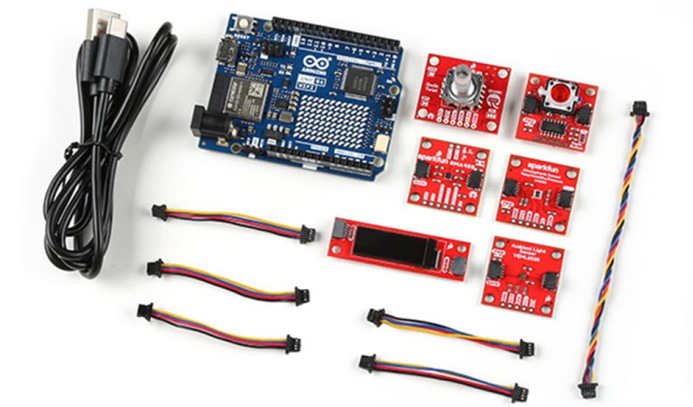
Figure 1. SparkFun kit showcasing the Arduino Uno R4 and various Qwiic devices.
Where Has Arduino Succeeded?
For many university students and educators, Arduino evokes strong sentiments—from purists who prefer bare-metal programming to enthusiasts who use it for nearly everything. Their consensus? Arduino is a deeply rooted success in global microcontroller communities and makerspaces. In other words, students and hobbyists worldwide are intimately familiar with its hardware and IDE.
But this is not the end of the story, as Arduino’s influence extends far beyond the company and its products.
How Has Arduino Expanded Its Reach?
This is where things get interesting, as we begin to see why our initial definition of Arduino is incomplete. As an engineer at DigiKey, I’ve had the opportunity to explore various platforms. I’ve observed that Arduino has outgrown its original scope. Earlier, I noted that Arduino is nearly a ubiquitous constant in educational settings. This fact hasn’t gone unnoticed—not just by Arduino itself, but also by other manufacturers.
Arduino as a Language Translator
The conversation takes a fascinating turn when shifting focus from Arduino to Raspberry Pi. Here, we encounter diverse technologies. For instance, the Raspberry Pi Pico can be programmed directly from the Arduino IDE. Methods also exist to program the Pi independently while retaining Arduino syntax, a technique applicable to Pi-based PLCs like those from KUNBUS.
Similarly, other manufacturers can import Arduino code into their own IDEs. For example, Microchip’s MPLAB (a DigiKey partner) can import an Arduino project. A sample project might program the UNO, after which the code is ported to MPLAB and deployed to Microchip AVR microcontrollers (originally Atmel). Once again, Arduino’s vast educational foundation is leveraged to deepen understanding of microcontrollers.
Technical Insight:
Massive amounts of Arduino C code have been used to train AI models. Consequently, AI can now assist in generating and optimizing code. For instance, consider non-blocking code generated with AI assistance, as shown in this article. It demonstrates how concepts initially tied to PLC programming can adapt seamlessly to broader applications.
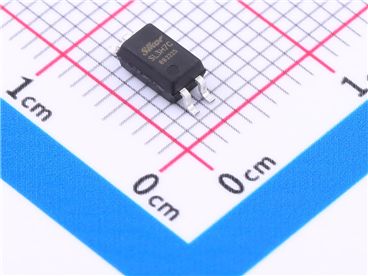
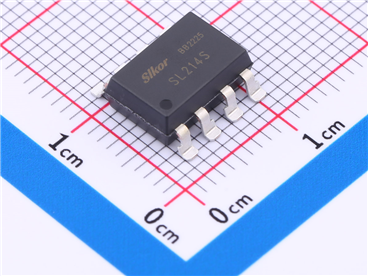
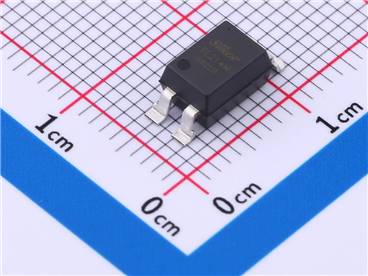
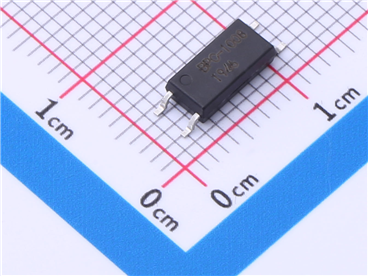
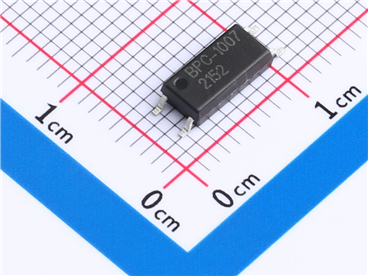




Site Map | 萨科微 | 金航标 | Slkor | Kinghelm
RU | FR | DE | IT | ES | PT | JA | KO | AR | TR | TH | MS | VI | MG | FA | ZH-TW | HR | BG | SD| GD | SN | SM | PS | LB | KY | KU | HAW | CO | AM | UZ | TG | SU | ST | ML | KK | NY | ZU | YO | TE | TA | SO| PA| NE | MN | MI | LA | LO | KM | KN
| JW | IG | HMN | HA | EO | CEB | BS | BN | UR | HT | KA | EU | AZ | HY | YI |MK | IS | BE | CY | GA | SW | SV | AF | FA | TR | TH | MT | HU | GL | ET | NL | DA | CS | FI | EL | HI | NO | PL | RO | CA | TL | IW | LV | ID | LT | SR | SQ | SL | UK
Copyright ©2015-2025 Shenzhen Slkor Micro Semicon Co., Ltd